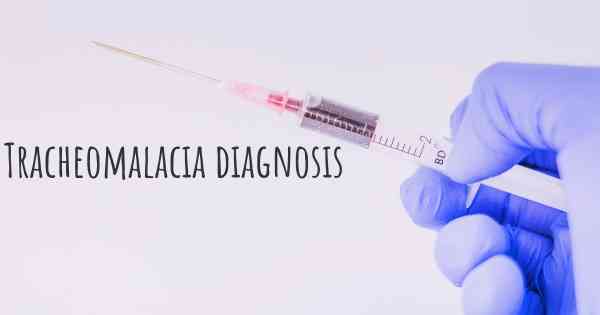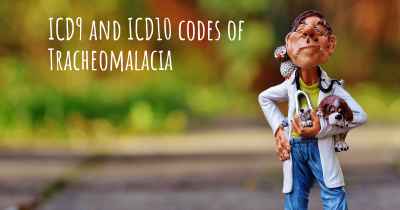How is Tracheomalacia diagnosed?
See how Tracheomalacia is diagnosed. Which specialists are essential to meet, what tests are needed and other useful information for the diagnosis of Tracheomalacia

How is Tracheomalacia diagnosed?
Tracheomalacia is a condition characterized by the weakening or collapse of the tracheal walls, leading to breathing difficulties. Diagnosing tracheomalacia involves a combination of medical history evaluation, physical examination, and various diagnostic tests. The process aims to identify the underlying cause of the symptoms and confirm the presence of tracheomalacia.
Medical History Evaluation
The first step in diagnosing tracheomalacia is a thorough evaluation of the patient's medical history. The healthcare provider will inquire about the symptoms experienced, their duration, and any factors that worsen or alleviate them. They will also ask about any previous medical conditions or surgeries that may be relevant to the current symptoms. This information helps the healthcare provider to understand the context and guide further diagnostic investigations.
Physical Examination
During the physical examination, the healthcare provider will assess the patient's breathing patterns, lung sounds, and overall respiratory function. They may use a stethoscope to listen for abnormal breath sounds, such as wheezing or stridor, which can indicate tracheomalacia. The provider will also examine the patient's throat and neck for any visible abnormalities or signs of airway collapse.
Diagnostic Tests
Several diagnostic tests may be performed to confirm the presence of tracheomalacia and determine its severity. These tests include:
- Imaging studies: X-rays, computed tomography (CT) scans, or magnetic resonance imaging (MRI) can provide detailed images of the trachea and help identify any structural abnormalities or collapse. These imaging techniques allow healthcare providers to visualize the tracheal walls and assess their integrity.
- Bronchoscopy: This procedure involves inserting a thin, flexible tube with a camera (bronchoscope) into the airways to directly visualize the trachea and bronchi. It allows for a detailed examination of the tracheal walls, detecting any collapse or weakness. Bronchoscopy can be performed under local anesthesia or sedation, depending on the patient's age and condition.
- Laryngoscopy: Laryngoscopy involves examining the larynx (voice box) and vocal cords using a laryngoscope. This procedure helps rule out any additional airway abnormalities or conditions that may contribute to the symptoms.
- Pulmonary function tests: These tests assess lung function and measure how well the patient can inhale and exhale. They can help determine the impact of tracheomalacia on respiratory function and identify any associated lung conditions.
- Sleep studies: In some cases, sleep studies may be conducted to evaluate breathing patterns and oxygen levels during sleep. This can help identify any nighttime symptoms or complications related to tracheomalacia.
Collaboration with Specialists
Diagnosing and managing tracheomalacia often involves collaboration between various healthcare specialists, including pulmonologists, otolaryngologists (ear, nose, and throat specialists), and radiologists. These experts work together to interpret the results of the diagnostic tests and develop an appropriate treatment plan tailored to the patient's needs.
Conclusion
Diagnosing tracheomalacia requires a comprehensive approach that combines medical history evaluation, physical examination, and various diagnostic tests. The process aims to identify the underlying cause of symptoms and confirm the presence of tracheomalacia. Imaging studies, bronchoscopy, laryngoscopy, pulmonary function tests, and sleep studies are among the key diagnostic tools used. Collaboration between healthcare specialists is crucial for accurate diagnosis and effective management of tracheomalacia.








